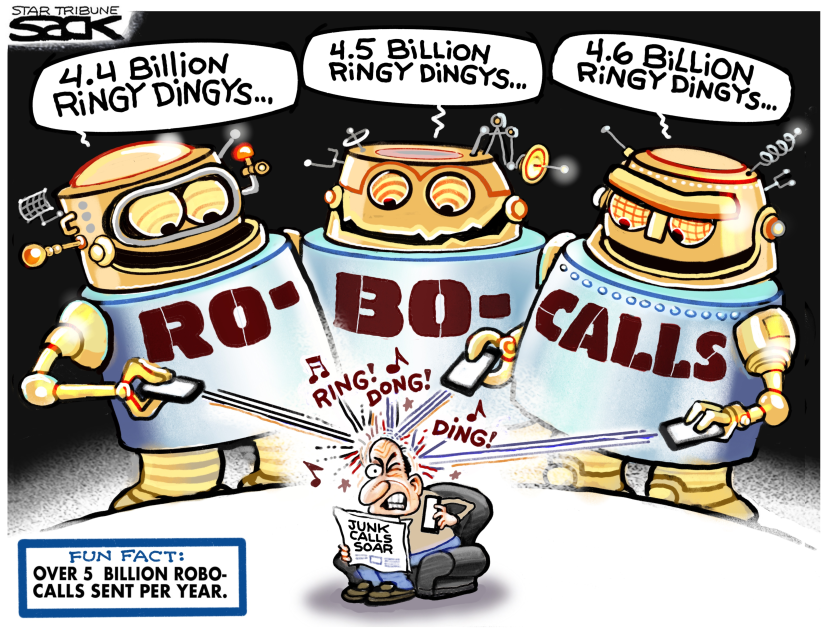
Subscribers Only Content
High resolution image downloads are available to subscribers only.
Not a subscriber? Try one of the following options:
OUR SERVICES PAY-PER-USE LICENSINGFREE TRIAL
Get A Free 30 Day Trial.
No Obligation. No Automatic Rebilling. No Risk.
Everyone is at risk of being scammed now.
The recent ransomware attack on Colonial Pipeline was a wakeup call for everyone in America.
Ransomware is malicious software that cyberscammers use to encrypt a company’s or individual’s data and block access to it until a hefty sum of money is paid.
Google the words “ransomware attack” and you’ll see a sizable list of big companies and entire cities that have been completely shut down by increasingly sophisticated scammers.
But it isn’t just businesses and government agencies that are at risk.
In the digital world we all live in, cyberscammers are working overtime to come up with ever-more-clever schemes to defraud us.
As I was writing this column, my email queue pinged.
I opened Outlook and saw a special credit-card offer from my bank — except that it wasn’t from my bank. It was from an Internet address that had nothing to do with my bank.
“Click here to apply” is what the email urged me to do. I didn’t click it, of course, because this is a common tactic that scammers use to gain access to your computer.
By clicking the link, I would have downloaded a malicious code onto my computer that would have given cyberscammers the ability to root around, hoping to find login and password details to gain access to my banking or credit card accounts — and take me to the cleaners!
Here’s another recent cyberscammer attack that happened to an elderly family member.
She hired a paving company to resurface her driveway. We checked the company out and it came highly recommended by several customers.
The paving company emailed her a copy of the contract, asking her to complete it, scan it and return it. The terms were simple: no payment until the job was completed to her satisfaction.
But the next day, “the paver” sent her another email request:
“Please send a 50% deposit and kindly snap the check and send to my email.”
I knew this was a scam right away. The telltale words were “kindly snap.”
The term “kindly” is a word cyberscammers commonly use. The word “snap” is awkward, and awkwardness is another telltale sign of a scam email.
It turned out that the paving company owner’s email account had been hacked and that the scammer had contacted several other customers hoping to pull the same scam.
How did the cyberscammers breach the company’s computer? The owner may have clicked on malicious code in a fake email from his bank or some other institution he trusted.
Or he may have made the mistake of creating an email password based on his telephone number, address or birth date — details a cyberscammer could easily guess.
The key takeaway from this scam is that all of us are now under attack every moment of every day.
Regrettably, we now need to be suspicious of every email, text and phone call we receive.
We especially need to protect elderly family members and friends who are far too trusting in an untrustworthy era.
There are steps everyone needs to take to stop cyberscammers.
The federal Cybersecurity and Infrastructure Security Agency offers basic cyber tips that we can begin today.
CISA offers additional tips to protect older Americans.
Everyone is at risk of being scammed now — and everyone needs to know how to fight back.
–
©2021 Tom Purcell. Tom Purcell, author of “Misadventures of a 1970’s Childhood,” a humorous memoir available at amazon.com, is a Pittsburgh Tribune-Review humor columnist and is nationally syndicated exclusively by Cagle Cartoons Inc. For info on using this column in your publication or website, contact [email protected] or call (805) 969-2829. Send comments to Tom at [email protected].